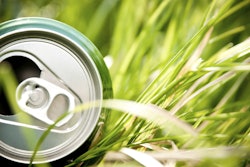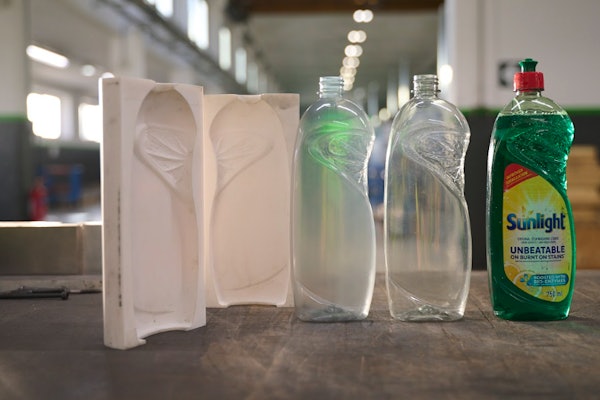A new study commissioned by five national trade associations titled the “MRF Material Flow Study” looks at how numerous materials flow through several different types of materials recovery facilities (MRFs) with the goal of better understanding how to get more recyclables actually recycled.
“The recycling facility is where the proverbial rubber meets the road when it comes to recycling,” says Derric Brown, Vice President of Sustainability for the Carton Council of North America (CCNA)—one of the participating associations—and Director of Sustainability for Evergreen Packaging. “Even in a community with a robust recycling program inclusive of many materials, such as cartons or rigid plastics, if those items do not flow efficiently through a sorting facility and to the right place, all or some of their value may be lost, and they may end up as residue, possibly in a landfill. We understand that managing programs and motivating consumers to recycle is challenging enough, so we want to help by finding and communicating the study findings.”
Five U.S. MRFs were selected for the study, representing a range of operations, including those of different sizes and processing systems, and different recycling streams (single- and dual-stream). Materials, including paper and plastic cups, clamshells, containers, domes/trays, bottles, tubs, lids, and gabletop and aseptic cartons, were added to the mix of standard recycling items coming into the facilities. Materials were processed, and then sample bales of paper, plastic, and residue were tested, with bale contents being sorted into more than 100 categories, to where the materials flowed naturally, without intervention from the MRF operators.
Key findings from the study include:
- Size and shape make a difference. Items tend to flow with similarly sized and shaped materials, so containers shouldn’t be completely flattened or crushed by residents before being placed in their recycling bin or cart. Additionally, package form and stiffness influences flow.Materials that hold their shape have a higher likelihood of making it to the right bale.
- Good separation is important. Maintaining equipment to ensure efficient sorting is critical.
- Optical sorters can help identify material types. As the recycling stream evolves into being more diverse and lightweight, optical sorters play an increasingly important role.
Representing a range of packaging types, the associations that commissioned the study include the American Chemistry Council (ACC), the Association of Postconsumer Plastics Recyclers, the Foodservice Packaging Institute (FPI), and the National Association for PET Container Resources, in addition to CCNA.






















